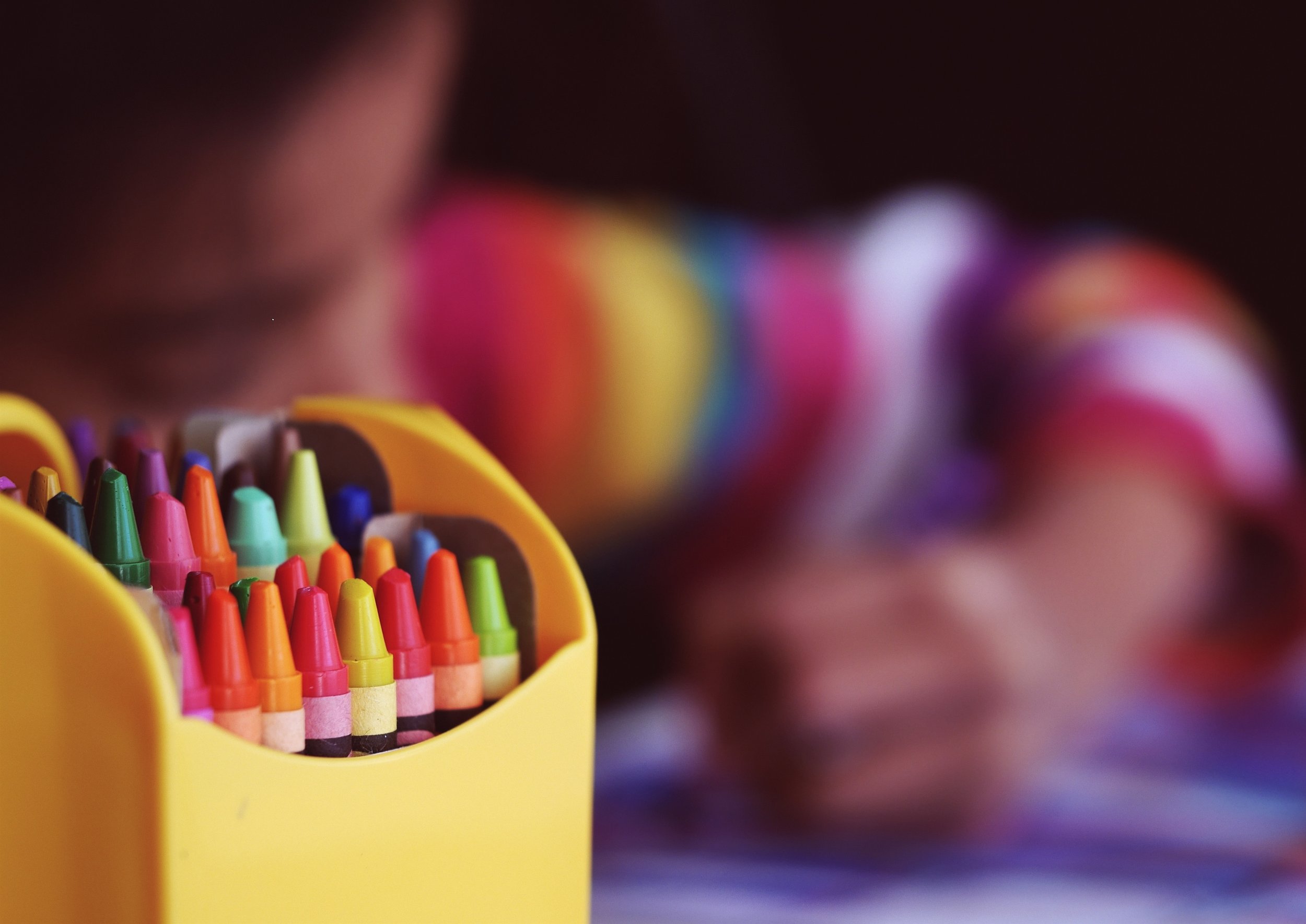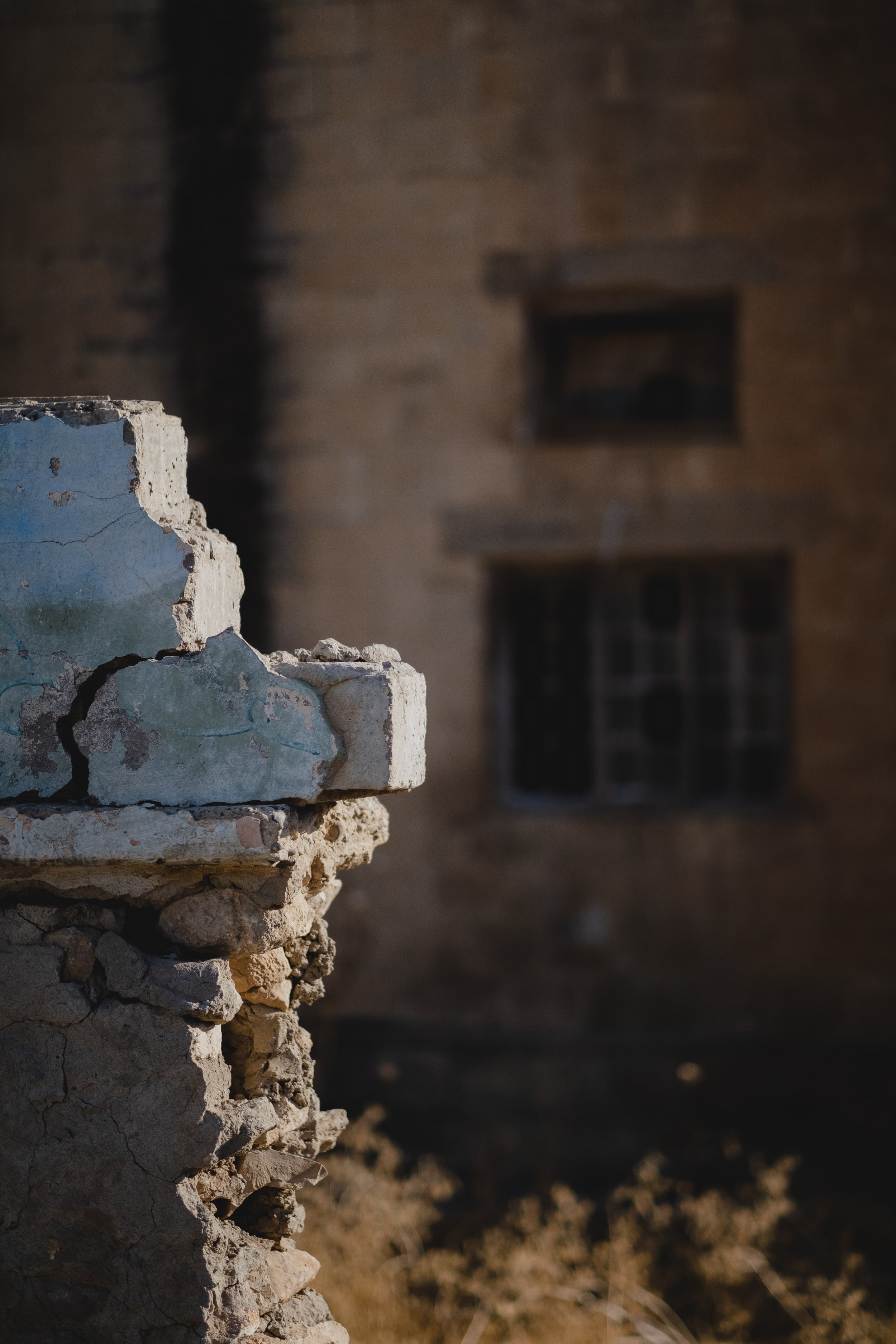What Public Schools Get Right About Inclusion

Hawai‘i has the nation’s only statewide public school system. It also is in the top three states for the number of private schools in the union—including many whose whole intent is to position their graduates above their public school counterparts. It’s not a new situation, since our private schools are a missionary inheritance. Neither is an accusation that whenever private schools pare their enrollments of underperforming students to make their matriculation and college placement numbers look good, they dump their rejects on… you guessed it.
Not surprisingly given the above, our public school system struggles. Teacher salaries are undermined by our very high cost of living. There’s our rural and island isolation, high levels of poverty, and high numbers of students who speak English as a second language.
In other words, “what school you went?” is a question freighted with meaning, including markers for social class, race, economic mobility and culture. But all those can also be seen as positives and a source of pride, as Natanya Friedheim points out in the essay below. Because unlike private schools that need classes on diversity and “inclusion” to teach their cocooned cohorts the basics of human decency, public schools are living and practicing it in real life.
In the fall of 2008, a classmate and I walked through Punahou Academy’s manicured campus center. A few months earlier, I had transferred to the prestigious private high school from Kailua Intermediate School, a public school in my neighborhood.
Though just a few years younger, my classmate’s sister has severe autism, placing her intellectual capacity on par with a toddler.
“Does your sister go to Punahou?” I remember asking as we passed buildings named after Hawai‘i missionaries of old. Just as it offered us top-notch prep school amenities, I imagined somewhere on Punahou’s 74-acre campus a separate program for students with severe disabilities.
An awkward silence followed my question.
“My sister can’t get into Punahou,” she replied, a tinge of incredulity in her voice.
Private schools have an outsized influence in Hawai‘i: In the 2021-2022 school year, 16 percent of K-12 students attended private schools in the state compared to the national average of five to eight percent, according to the Hawai‘i Association of Independent Schools, or HAIS. Many parents in Hawai‘i equate attending a private school with future success for their children.
“There's this feeling that if you really care about your kids, you send them to private school,” said Rhonda Black, a professor of special education at the University of Hawai‘i at Mānoa.
Unlike public schools, private schools screen childrens’ aptitudes prior to entry, and can show students the door if they fail to meet academic or behavioral expectations. That’s how some students end up in my special education English classroom at a Honolulu public high school, even if they attended private schools during elementary and middle school.
Private schools take seriously the decision to disenroll a student, says Deanna D’Olier, associate director of HAIS.
“It’s never an ‘Oh, and by the way we’re not letting your child back into our school,’” she said. “It’s a ‘We’ve tried X, Y and Z for however long and we just don’t think we’re doing the best or what your child would need.’”
A few private schools in Hawai‘i, like Assets School, exclusively serve students with disabilities, and a limited number of students with mild disabilities attend other private schools. Entry to many private schools requires an interview and an acceptable score on the Secondary School Admissions Test.
Even as private schools embrace so-called diversity, equity and inclusion initiatives, their admissions requirements and tuition leave the schools with populations unrepresentative of the general public.
A Microcosm of Society
Public schools, meanwhile, must attempt to accommodate all students, regardless of behavior, aptitude, or English language proficiency.
Ten percent of Hawai‘i public school students last year had recorded disabilities. Half—half—of the 171,600 students attending public schools qualified for free or reduced-price lunches. Another 3,254 were identified as homeless.
Private schools grapple with ways to address inequity, says D’Olier.
“Especially our larger schools, we’re upwards of over 20 to 24 percent of the student population receiving financial aid,” she said. “That’s not the only answer. Access is part of it, but there’s a lot more work to do.”
Numerous studies indicate poverty negatively impacts brain development, so growing up poor could affect a student's score on school entrance exams. That’s not an issue for Hawai‘i Department of Education students, because we accept everyone.
In my classroom, students with mild to moderate disabilities work toward a high school diploma in small groups and with more individual attention. Many of these students enter trade schools or two-year colleges.
In the building next to mine, students with more severe disabilities learn life skills, working toward a certificate rather than a diploma. The spectrum of disability represented at my school necessitates five separate classrooms for certificate-track students, each classroom accommodating varying levels of students’ need.
In a classroom below mine, college-bound students take advanced placement computer science and calculus courses.
All of these students mingle in school clubs, sports teams, or in the hallway, thus creating an inclusive school community.
Desegregating Disability
Prior to civil rights-era federal legislation, people with disabilities in the United States were segregated into special schools. For almost five decades, though, public schools have aimed to integrate students with disabilities with their non-disabled peers under a policy called the “least restrictive environment.”
The least restrictive environment does not mean a student with an intellectual disability should sit next to a nondisabled peer in a calculus class. Students should learn content appropriate given their current level, the law says.
It does, however, mean those two students should stand in the lunch line together.
Debra Farmer, a retired special education teacher and DOE administrator, has seen inclusion work. When she started as a vice principal at Roosevelt High School in Honolulu, students with intellectual disabilities did not eat lunch in the cafeteria with the rest of the students.
“I was shocked,” Farmer said. “I said, ‘Well, we’re going to change that.’”
Her efforts met pushback. Special education teachers worried the cafeteria would be too rough an environment. Eventually, though, the lunchroom became an inclusive setting.
“By the second year, those kids were giving high fives to the football players,” she said.
Breaking Barriers
My goal in this essay is to point out a feature of the public-private school divide many are aware of, but no one seems to say: public schools are more inclusive than private. This needs acknowledgement for a few reasons.
First, the constant comparison in Hawai‘i between public and private schools is apples-to-oranges in part because we at public schools accommodate a student body with vastly more diverse needs.
Hawai‘i’s large private school population also skews comparisons between our and mainland public schools because private school students don’t participate in standardized tests. Note also that students with mild to moderate disabilities take the same statewide assessments as nondisabled peers.
Second, in recent years, private schools have adopted rhetoric suggesting they increasingly care about diversity, equity and inclusion.
Finally, in my experience attending private and public schools, I observed children in private schools growing up with limited exposure to neurodiversity.
Egalitarian preferences develop between ages four and eight while more nuanced ideas about fairness emerge in adolescence, according to research by two groups of economists. I worry separating children into elite schools impacts the development of their worldview.
How do we move forward?
An exchange program for teachers and administrators between public and private schools could help break the barrier between the two. From where I stand, the public DOE and private HAIS exist in silos, separate and unequal.
Private schools could reconsider entry requirements. In recent years the SAT and ACT, two college admissions tests, have come under scrutiny for inadvertently favoring wealthy students. Could SSAT favor students with better access to tutoring rather than those with the most potential to learn?
Above all, Hawai‘i residents, to move forward we need to complicate the “public schools are failing” narrative.
The DOE has issues, but be specific when criticizing us: our facilities need upgrading; our chronic staffing shortage compromises the quality of education.
The blanket “public schools are failing” accusation counterproductively demoralizes DOE employees working to fix problems, and dissuades motivated young professionals from joining the public education field.
The current defeatist attitude fails to consider the mission behind public schools, rooted in Brown v. Board of Education and the Individuals with Disabilities in Education Act, both policies adopted by our country to foster upward mobility and create a more inclusive society.
Our nation and state have the resources to actualize the ambitious vision behind these policies. Doing so would benefit everyone.
Image by Aaron Burden.
Natanya Friedheim is a writer and teacher in Honolulu. Her work has appeared in Honolulu Civil Beat, Hana Hou!, and Pacific Business News. She co-authored an article published in the peer-reviewed academic journal Intervention in School and Clinic on strategies to support students with disabilities. You can follow her on Twitter at @natanyaantoni.





